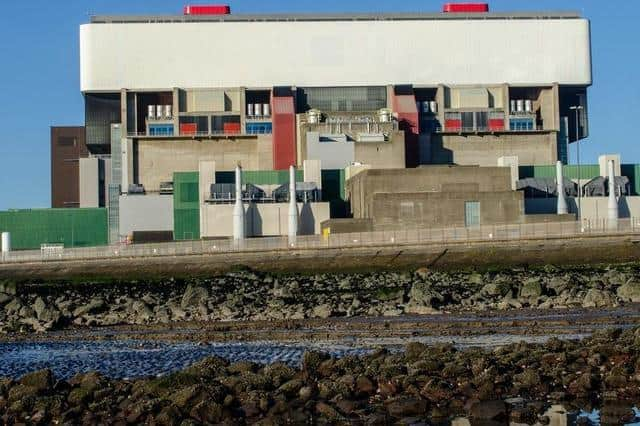Heysham 2 nuclear power station will continue generating electricity until 2028
and live on Freeview channel 276
The site's operator, EDF Energy, has confirmed a change to the expected end of generation dates at Heysham 2, in Lancashire, and Torness, in East Lothian, which are now expected to continue generating until 2028.
In 2016, the sites’ operational lives were extended by seven years to 2030.
Advertisement
Hide AdAdvertisement
Hide AdOperational dates are under constant review and since then inspection, modelling and operational experience from other sites, have given EDF a clearer picture of lifetime expectations for the AGR fleet as the stations age.


Mark Lees, station director at Heysham 2, said: “Investment in the plant means Heysham 2 is already operating beyond its expected 25-30 year generating life and is one of the most productive of EDF’s fleet of nuclear power stations. Since it first started making electricity in 1988, it has produced more than 280 terawatt hours of safe, reliable zero-carbon electricity.
“To put that huge amount into context, that means Heysham 2 alone has safely produced enough electricity to meet the UK’s demand for two-and-a-half years. Heysham 2 employs more than 750 staff and has an annual wage bill of around £40m. a year, and as most people live locally that provides a boost to the local economy.”
Heysham 1 will operate until 2024, and since it first started producing power it has clocked up 220 terawatt hours – the equivalent of powering all UK homes for more than two years.
In the autumn EDF announced that its nuclear fleet had produced more than 2,000 terawatt hours of zero carbon electricity.
Comment Guidelines
National World encourages reader discussion on our stories. User feedback, insights and back-and-forth exchanges add a rich layer of context to reporting. Please review our Community Guidelines before commenting.